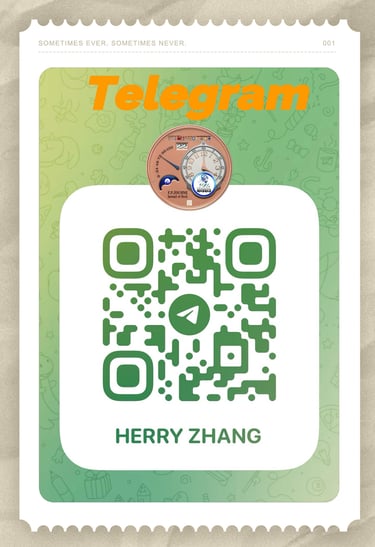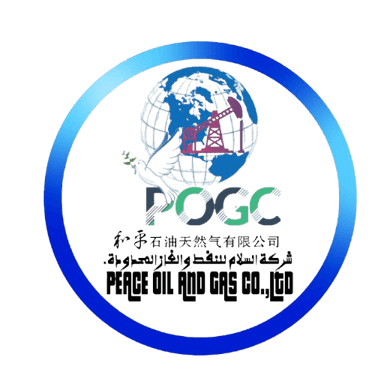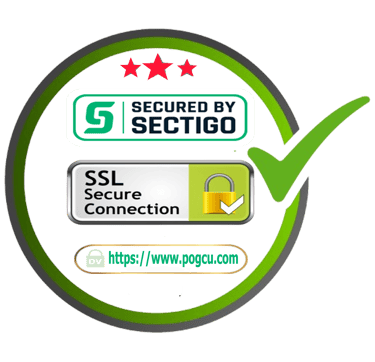Harnessing Commercial Satellite Remote Sensing for Enhanced Mapping and Monitoring
1、Introduction to Satellite Remote Sensing
With advancements in technology, commercial satellite remote sensing has emerged as a pivotal resource for mapping and monitoring various geographic phenomena. The capabilities of these satellites enable real-time and accurate analysis of critical events such as volcanic eruptions and earthquakes, particularly in geologically active areas like the African Rift Valley.
2、Real-time Monitoring with Commercial Satellites
Commercial satellites provide an innovative solution for real-time monitoring of natural disasters. For instance, their ability to capture high-resolution video of volcanic eruptions allows scientists and emergency response teams to assess hazards quickly and effectively. Additionally, through dedicated rental contracts, satellites can be engaged on a per-hour basis, ensuring that the specific needs for monitoring can be met without extensive commitments.
3、The Role of Drones in Resource Mapping
Moreover, commercial satellite remote sensing mapping is invaluable for industries such as resource extraction. Gold mines and oil and gas fields benefit from comprehensive mapping that necessitates precise data gathering. To enhance the accuracy of satellite imaging, the integration of commercial drones plays a critical role. These aerial devices complement satellite imagery by capturing detailed pictures and data that are vital for assessing resource availability and planning operations.
4、Innovations in Satellite Mapping Technologies
The evolution of satellite mapping technologies includes advanced systems such as the 'see-through earth' method. This cutting-edge application employs penetrating techniques and a range of methodologies—including electromagnetic, microwave, laser, and nuclear magnetic gravity—to deliver remarkable insights from below the Earth's surface. Access to this sophisticated system often requires a VIP application process, underscoring the tailored approach to advanced resource evaluation.
5、Conclusion
In conclusion, the realm of commercial satellite remote sensing mapping offers extensive opportunities for improved monitoring of natural disasters, resource evaluation, and targeted mapping of essential areas. Leveraging the dual capabilities of satellites and drones paves the way for achieving precision in mapping endeavors. As technology progresses, these resources will continue to enhance our understanding and management of geographical phenomena.
Note: Some services require permission from the Ministry of Department of Defense and Ministry ofScience, Technology and Innovation (Uganda)
PEACE OIL AND GAS COMPANY LIMITED
Copyright © 1947~2025 和平油气集团 All Rights Reserved.


MDL No:MDL20240446
CRN:80034128646610
COIN:0000498347
Official email : ceo@pogcu.com
Business email:pogs2023cao@gmail.com
Complaint email:info@pogcu.com
Tel: (+)1 3216673805 USA
(+256)763721789 Uganda
ADD:Plot 34-36 Lugogo bypass Road,Kololo IV,Kampala,Uganda
(Serving the Middle East and Africa only)
乌干达和平油气集团
China ICP / Domain Name Internet Content Provider No:Preparing to submit application








